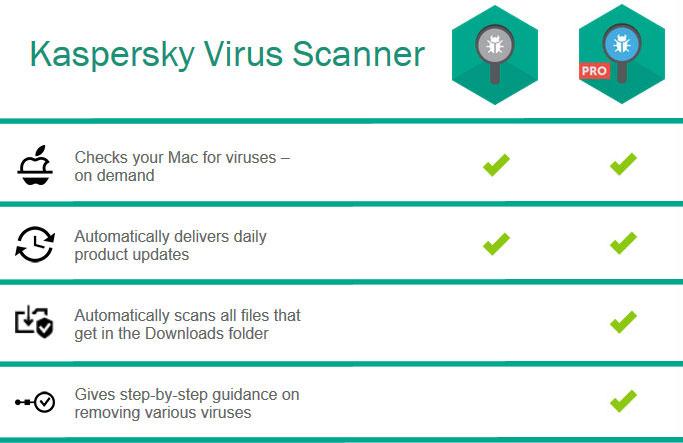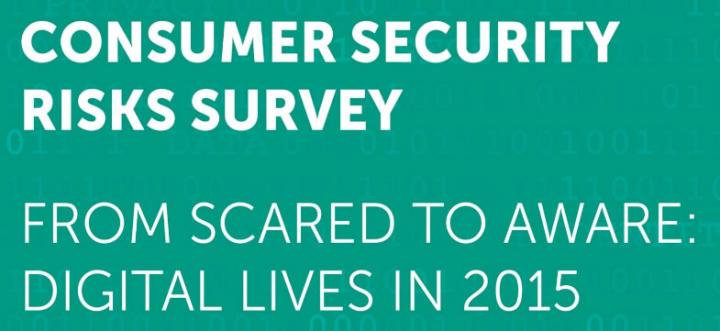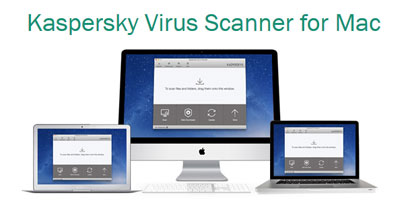Internationally renowned security company Kaspersky Lab is well aware that the bad guys are targeting Mac OS X. Last year, Kaspersky Lab experts found 1,499 new malicious programs for Apple’s operating system. Furthermore, Kaspersky Lab products blocked over 3.6 million attempts to infect computers running OS X.
It’s true that the volume of malicious programs for Windows was significantly higher during the same period. But that’s not to say that Macs are safe and PCs are not. Both operating systems are targeted. Both OS X and Windows need to be protected.
Meet the new Kaspersky Virus Scanner for Mac
The volume of malware that targets Mac computers and Apple’s OS X operating system is increasing. It would be unwise to leave your Mac unprotected and it would be a shame if malware spread from your Mac to friends’ or colleagues’ Windows PCs and Android devices. What you need is a powerful scanner that is capable of finding the latest malware threats, Say hello to the new Kaspersky Virus Scanner for Mac.
Main Features
Kaspersky Virus Scanner for Mac is available as a Free and as a Pro edition. The Free edition scans your Mac and finds malware threats. The Pro edition scans your Mac, finds malware threats, and it removes them. Here’s a closer look at the differences between these two editions.

No matter which edition you choose to get, one thing remains unchanged: your Mac must meet these system requirements.
System Requirements
Kaspersky Virus Scanner for Mac is available for download on Apple’s Mac App Store.
Learn more about Kaspersky Virus Scanner for Mac on its official webpage.

Click this link and you’ll be directed to a consumer risk survey performed by Kaspersky Lab. It reveals lots of interesting facts, including this one: only half of OS X-based computers are protected against malware. This means that millions of OS X users are in danger.
“Even if you don’t think you and your data need protection on your Mac, what about your friends and colleagues who might be affected by malware that reaches your machine? For example, they could lose money after clicking on a malicious link sent from your account by malware, or lose valuable files after picking up a Trojan from you via a USB drive or cable. That is why it is important to regularly scan all devices for cyberthreats – whether they run OS X, Windows or Android”, said Vladimir Zapolyansky, Vice-President, Product and Technology Marketing, Kaspersky Lab.
Free security tools for Windows

Kaspersky Lab has a handful of security tools that gives away for free. I went over them and picked the 5 most useful Kaspersky Lab tools you can use on a Windows PC. I also looked at some free tools offered by other security companies, including Bitdefender, AVG, Sophos, and Avira.
Getting back to Kaspersky Lab, the complete list of free tools it has to offer is available here.
It’s true that the volume of malicious programs for Windows was significantly higher during the same period. But that’s not to say that Macs are safe and PCs are not. Both operating systems are targeted. Both OS X and Windows need to be protected.
Meet the new Kaspersky Virus Scanner for Mac
The volume of malware that targets Mac computers and Apple’s OS X operating system is increasing. It would be unwise to leave your Mac unprotected and it would be a shame if malware spread from your Mac to friends’ or colleagues’ Windows PCs and Android devices. What you need is a powerful scanner that is capable of finding the latest malware threats, Say hello to the new Kaspersky Virus Scanner for Mac.
Main Features
- On-demand malware scan – scan your Mac for viruses, Trojans, spyware, adware, or programs disguised as legitimate software. Check your Mac for a range of Windows and Android malware so you don’t spread viruses to others.
- Automatic download scans – all the files that you download, all the files that get in the Downloads folder, they will be scanned automatically.
- Daily updates – to be able to find the latest known threats, Kaspersky Virus Scanner for Mac gets daily malware database auto-updates.
- Virus removal – if a virus is found, you’ll get step-by-step guidance on how to remove it.
Kaspersky Virus Scanner for Mac is available as a Free and as a Pro edition. The Free edition scans your Mac and finds malware threats. The Pro edition scans your Mac, finds malware threats, and it removes them. Here’s a closer look at the differences between these two editions.

No matter which edition you choose to get, one thing remains unchanged: your Mac must meet these system requirements.
System Requirements
- Processor – Mac-based computer with Intel processor.
- RAM – 2GB or RAM memory.
- Disk space – 500 MB of free space on the hard drive.
- Operating system – OS X 10.9 Mavericks, OS X 10.10 Yosemite.
- Others – Apple ID to install the product and receive product updates via App Store.
Kaspersky Virus Scanner for Mac is available for download on Apple’s Mac App Store.
Learn more about Kaspersky Virus Scanner for Mac on its official webpage.

Click this link and you’ll be directed to a consumer risk survey performed by Kaspersky Lab. It reveals lots of interesting facts, including this one: only half of OS X-based computers are protected against malware. This means that millions of OS X users are in danger.
“Even if you don’t think you and your data need protection on your Mac, what about your friends and colleagues who might be affected by malware that reaches your machine? For example, they could lose money after clicking on a malicious link sent from your account by malware, or lose valuable files after picking up a Trojan from you via a USB drive or cable. That is why it is important to regularly scan all devices for cyberthreats – whether they run OS X, Windows or Android”, said Vladimir Zapolyansky, Vice-President, Product and Technology Marketing, Kaspersky Lab.
Free security tools for Windows

Kaspersky Lab has a handful of security tools that gives away for free. I went over them and picked the 5 most useful Kaspersky Lab tools you can use on a Windows PC. I also looked at some free tools offered by other security companies, including Bitdefender, AVG, Sophos, and Avira.
Getting back to Kaspersky Lab, the complete list of free tools it has to offer is available here.

























